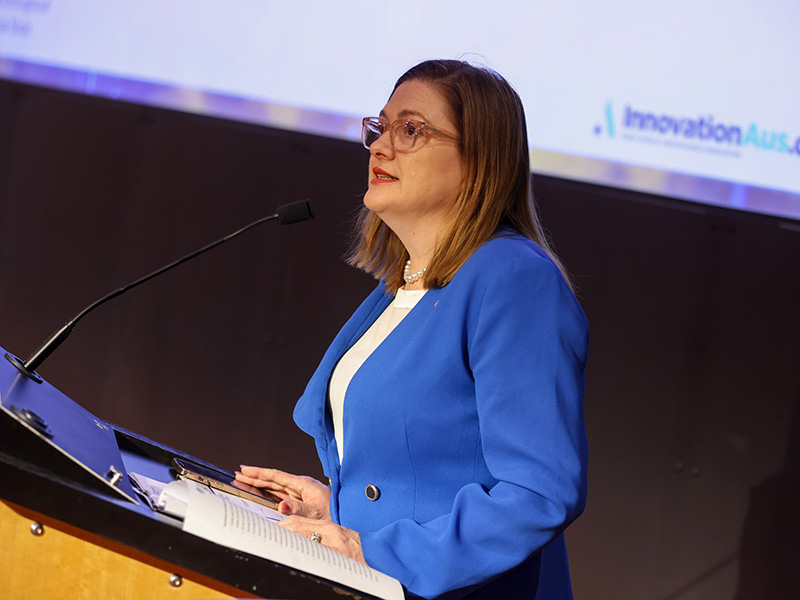Defence will publish its first innovation strategy since 2020 later this year to capture seismic changes to policy, procurement and budgets, while putting a new premium on experimentation and dual-use technology.
The strategy comes from the Defence Science and Technology Group and will replace the innovation plan launched under the former government that relies on funding mechanisms that no longer exist and put less emphasis on speed to capability.
Defence innovation and capability leaders are foreshadowing a new focus on experimentation with prototypes, international partnerships and Defence’s role in pulling through the technologies to market in the new document.

Defence’s innovation strategies have historically laid out the highest priority science and technology fields and detailed the programs that could bridge research and development with operational capability.
The 2020 strategy, More, together, included the introduction of STaR Shots (Science, Technology and Research Shots) to focus R&D at specific missions or moon shots.
But the current strategy also relies on investment mechanisms like the Next Generation Technologies Fund that have since been scrapped in favour of a new industry accelerator.
The Albanese government shook up the Defence establishment last year with a strategic review that elevated asymmetric advantage, innovation and the specific technology priorities needed to produce it.
The upcoming innovation strategy is one of the few remaining roadmaps to be updated since then, with a new National Defence Strategy, Integrated Investment Plan and Defence Industry Strategy all launched earlier this year.
It will also be the first since an outside review of Defence innovation that was kept secret after making critical findings and recommendations.
During an InnovationAus.com dual use technology summit, chief defence scientist Professor Tanya Monro confirmed a new strategy will be launched this year.
She said experimentation will be “beefed up” and international partnerships will be a focus in the new strategy in line with Defence’s new focus on speed to capability and AUKUS partners.
“We absolutely see that putting these exercises [and] trials — getting capabilities into the hands of people in training — before they’re mature is a forcing function and accelerates all this work,” Professor Monro said.
“So it’s an increased focus on experimentation. And we do that with our closest allies, of course. So it has an international element. And then it helps grow export opportunities because our allies see cool Australian tech.”
Capability Acquisition and Sustainment Deputy Secretary Chris Deeble, who manages annual budgets of $14 billion, said innovation is an increasing part of Defence’s acquisition strategy.
“The reason why I partner is so closely with Tanya and [Defence Science and Technology] on capability… is because I believe passionately in the way in which we can take innovation, use that innovation opportunity, pull that through to capability and then leverage into export opportunity for the capabilities that we have here in Australia,” Mr Deeble said.
“And the thinking about that as a continuum now is really important.”
Do you know more? Contact James Riley via Email.

